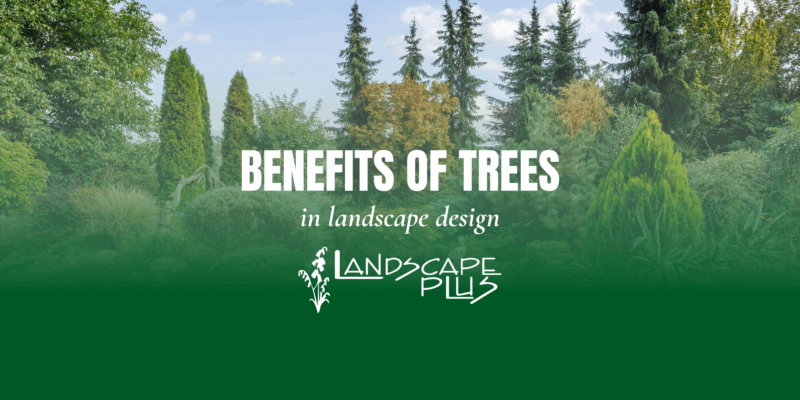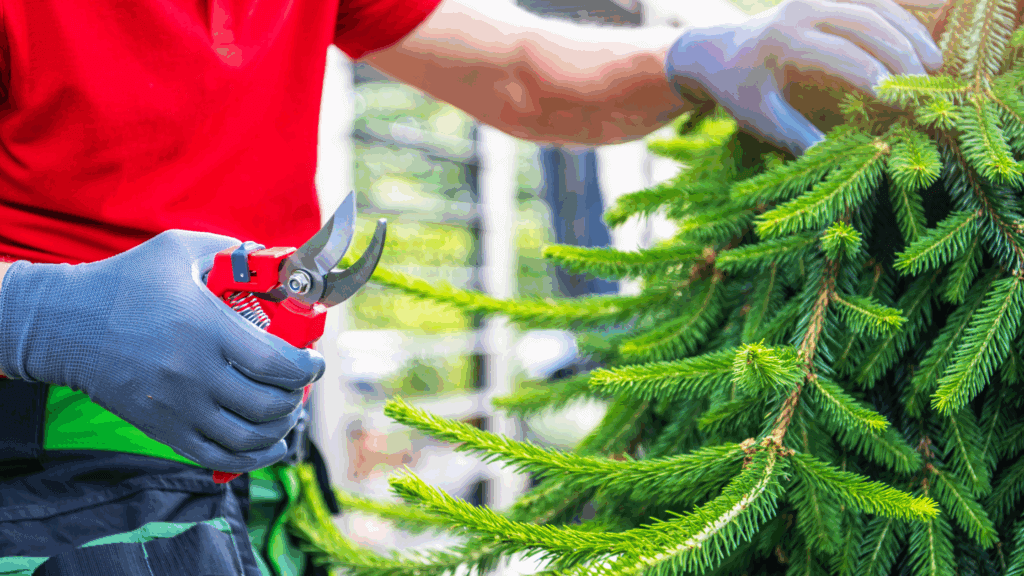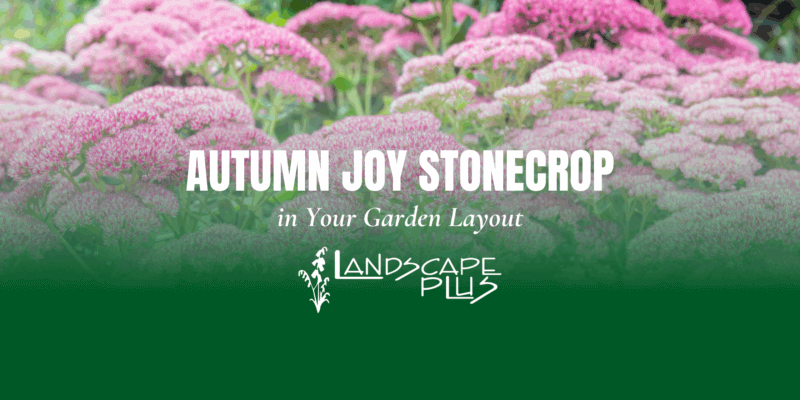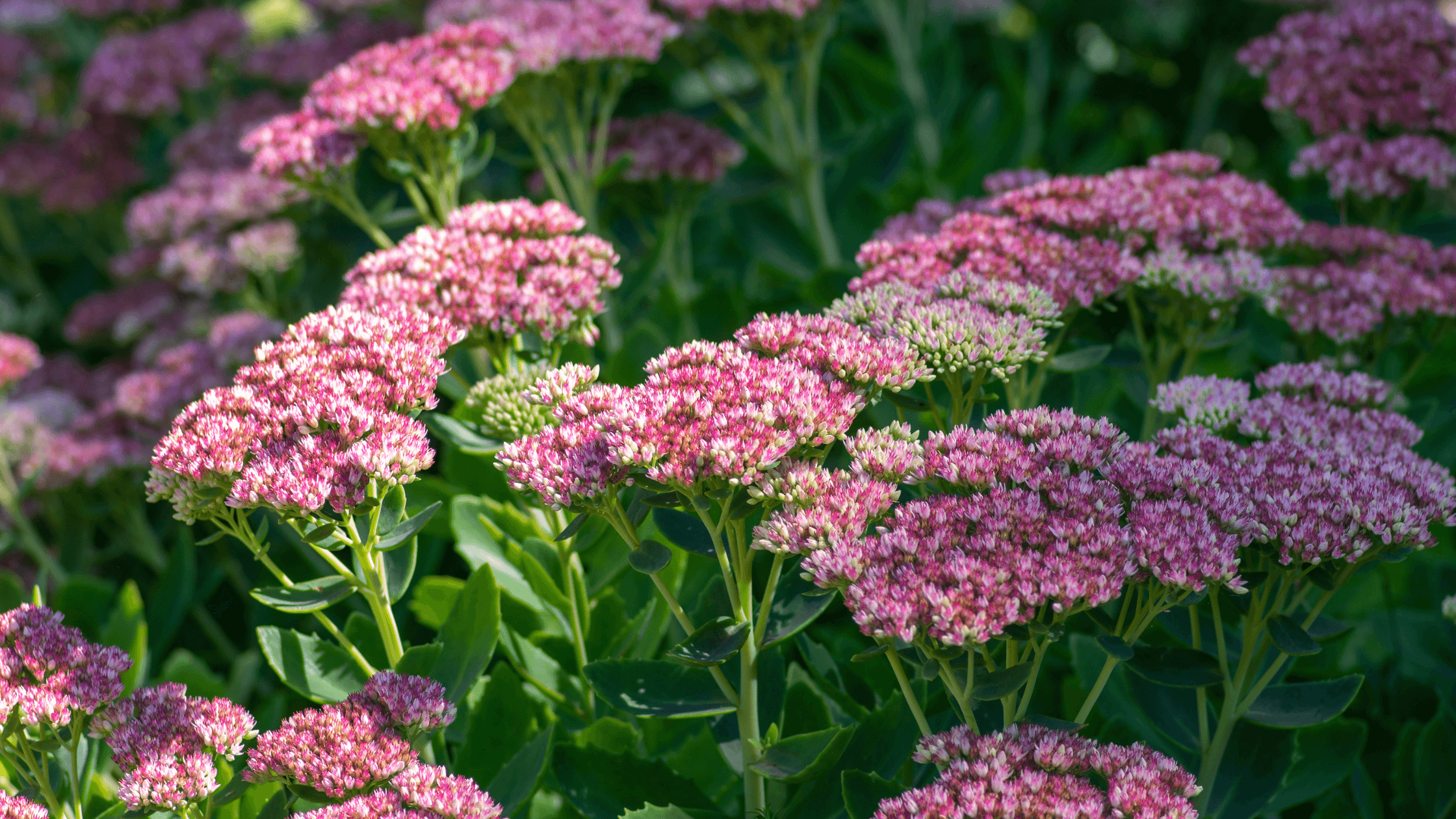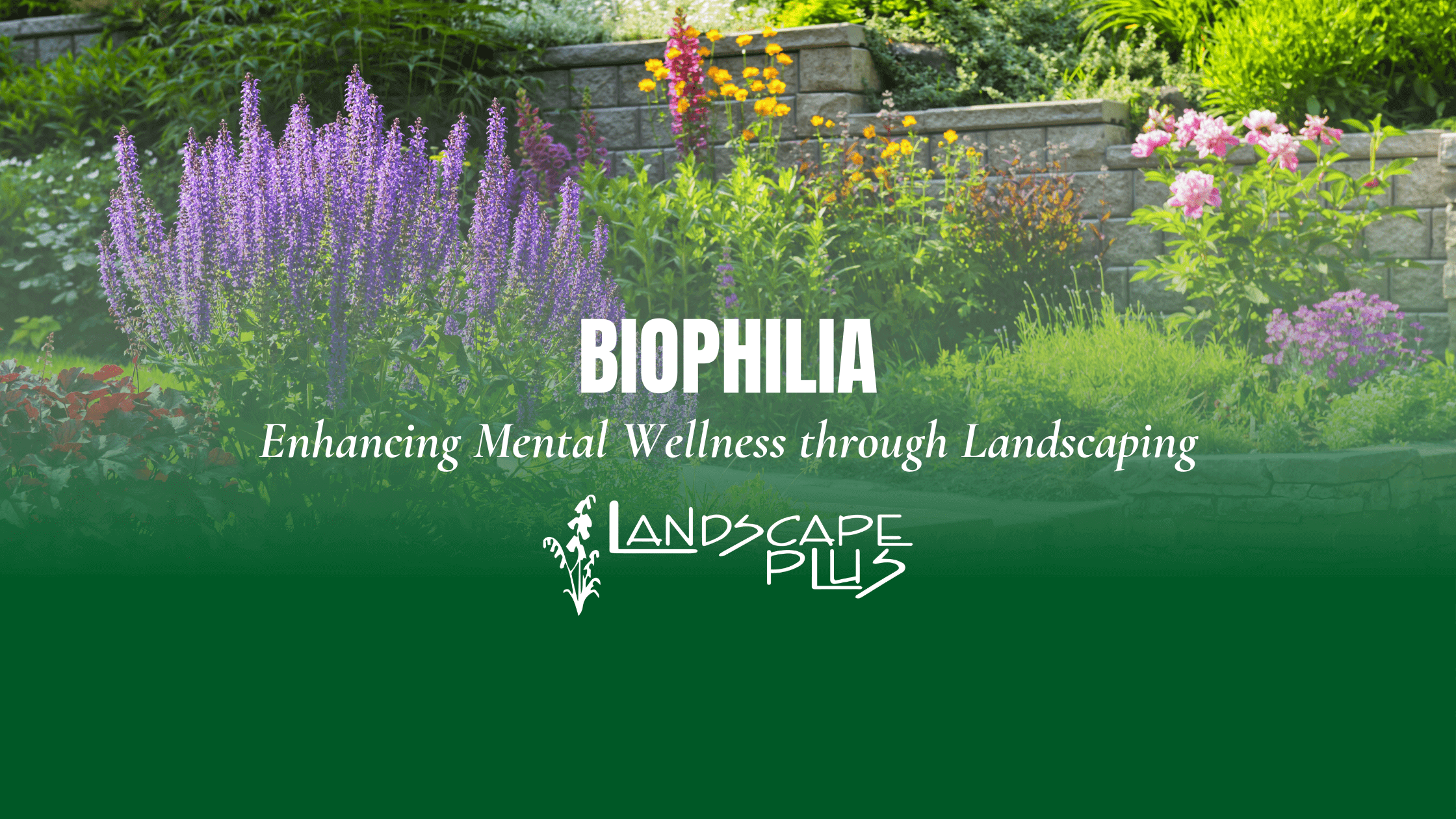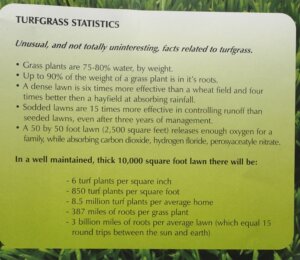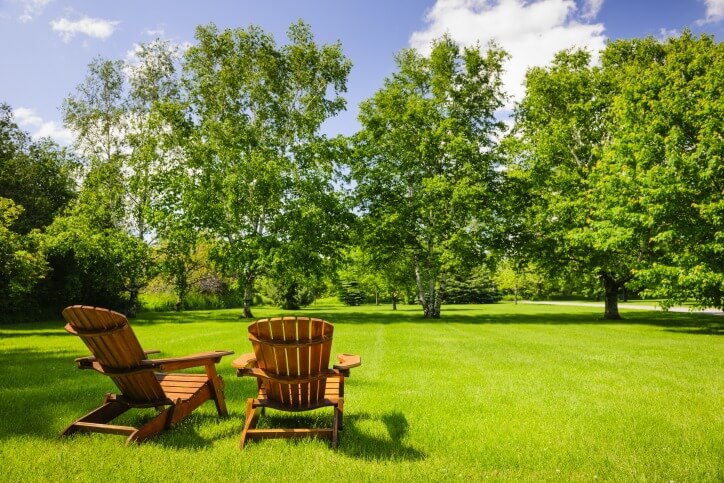Thriving Local Landscape Business Seeks Full-Time Landscape Project Coordinator
Location: Strathmore
Company: Landscape Plus
Start Date: As soon as we find the right person
Compensation: Competitive hourly wage or salary (depending on experience), with full-time, year-round employment
About Us
At Landscape Plus, we take pride in creating and maintaining beautiful, functional outdoor spaces. We’re a tight-knit, supportive crew that believes in high standards, hard work, and continual learning. As our team grows, we’re looking for a Landscape Project Coordinator who thrives on staying organized, solving problems on the fly, and leading others with clarity and care.
The Role
This position is perfect for someone who’s organized, proactive, loves being outdoors and good at keeping both people and projects on track. You won’t be stuck behind a desk—this is a hands-on role with leadership responsibilities and lots of variety.
Key Responsibilities:
- Lead and manage small crews on landscaping projects, on-site, outdoors from start to finish
- Ensure daily tasks are completed on time and to a high standard
- Problem-solve site issues and communicate clearly with clients and team members
- Coordinate materials, schedules, and equipment
- Keep records, track progress, and support project planning
- Model reliability, accountability, and a positive attitude
What We’re Looking For:
- Excellent time management and organizational skills
- Detail-oriented mindset—you notice the little things
- Strong problem-solving ability and confidence to make decisions
- Experience supervising or leading a team (landscape experience is a bonus but not required)
- Good communication and interpersonal skills
- Eagerness to learn and grow in the role
Perks & Training:
- On-the-job training in landscaping techniques and tools
- Sponsorship for the Horticulture Apprenticeship at Olds College for the right candidate
- A supportive, respectful work culture that values initiative and follow-through
- Opportunities for advancement and development in a growing company
How to Apply:
Send your resume (or a brief introduction telling us about yourself) to info@landscape-plus.net. Let us know why you’re a good fit—even if your background isn’t in landscaping, we’d love to hear from you.


